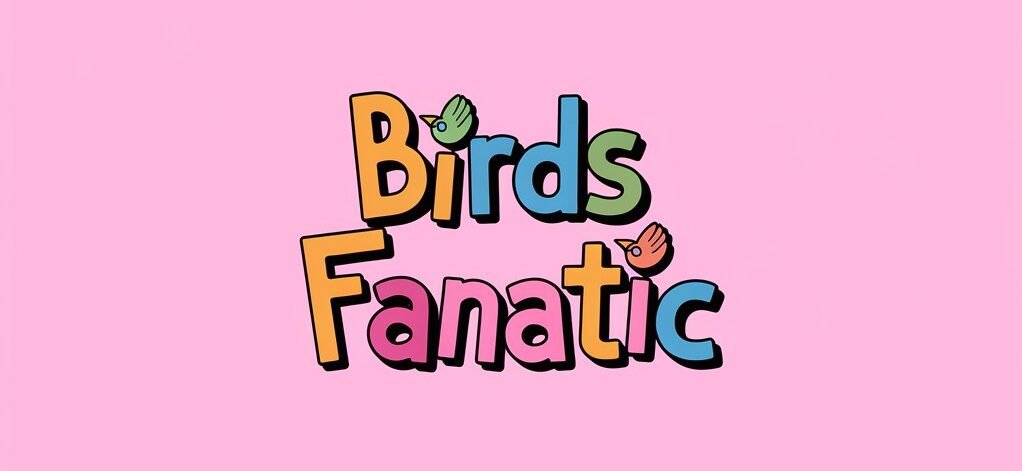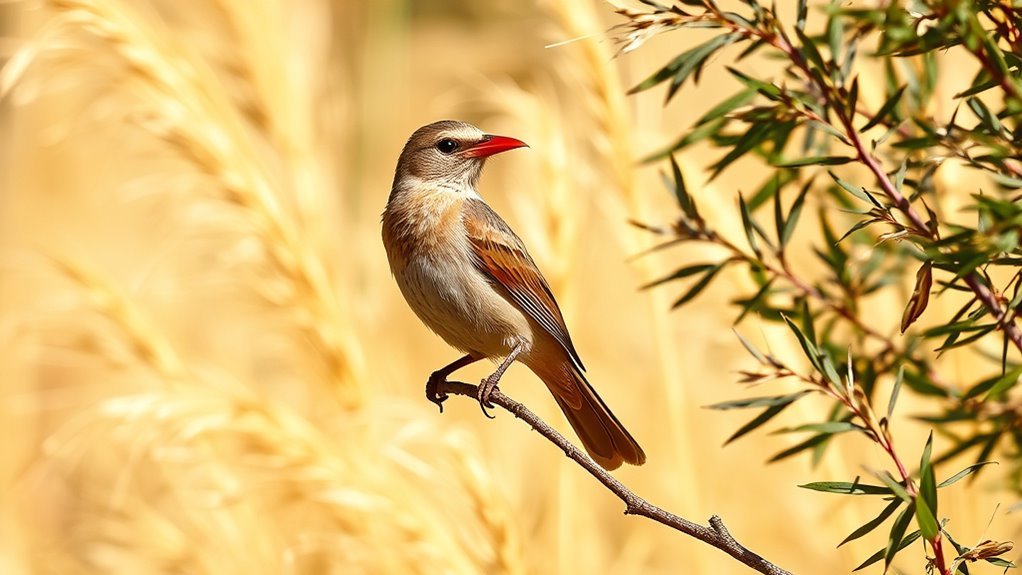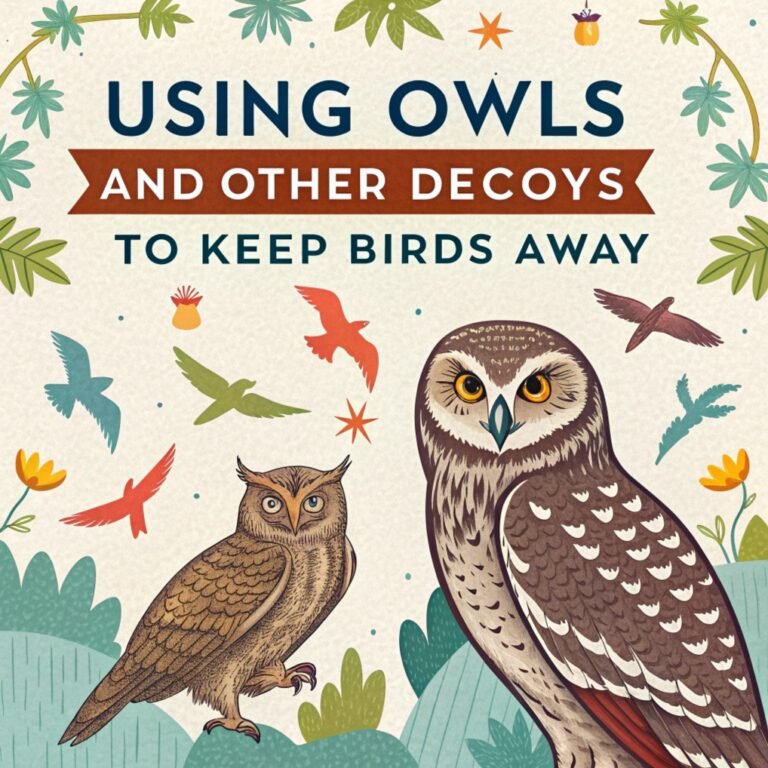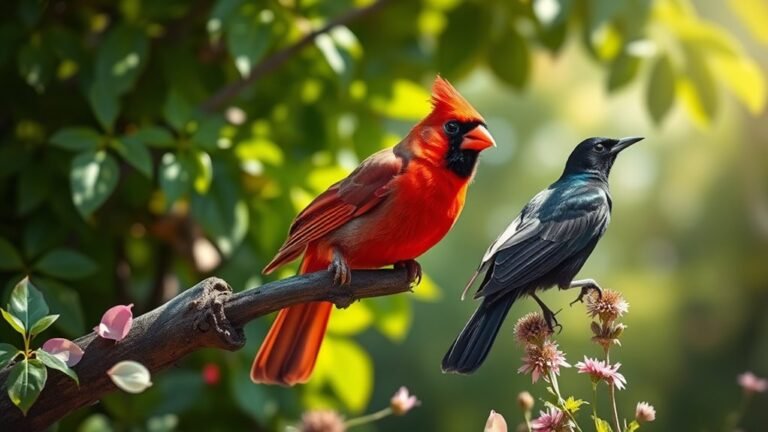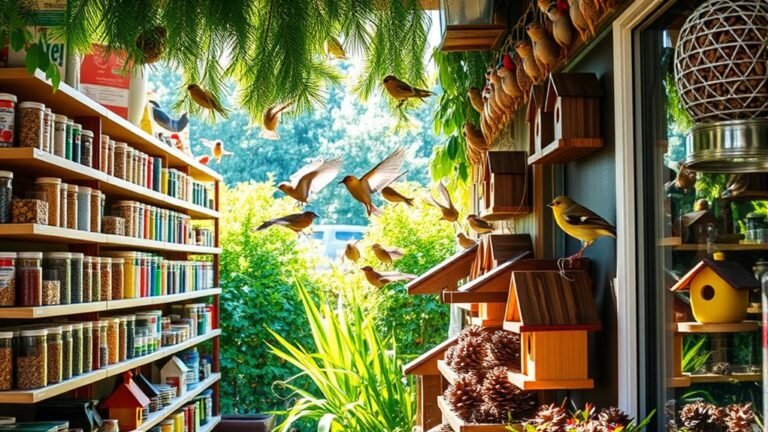Red-Billed Quelea Bird: Facts and Habitat
The Red-Billed Quelea is a bird found in sub-Saharan Africa. It can adapt to different habitats. This bird is known for its large flocks that search for food. Their diet mainly consists of grass seeds. They migrate seasonally, which helps them survive and shows their strong social behavior.
However, these birds face threats from habitat loss and pesticide use. Studying their biology and ecology reveals their strength and the problems they encounter today. The Red-Billed Quelea is a remarkable species that highlights the importance of protecting their environment for future generations.
Key Takeaways
- The Red-Billed Quelea is a small bird native to sub-Saharan Africa, measuring 13 to 15 centimeters long.
- Males are bright yellow with dark underparts, while females have a mottled brown appearance.
- They inhabit grasslands, wetlands, and agricultural areas, forming large flocks to forage and migrate for food.
- Their diet mainly consists of grass seeds, utilizing group foraging strategies to maximize efficiency.
- Conservation concerns arise from habitat loss and pesticide use, affecting their food sources and population dynamics.
Overview of the Red-Billed Quelea

The Red-Billed Quelea, scientifically named *Quelea quelea*, is a small bird found in sub-Saharan Africa.
These birds are very adaptable and can live in different environments. They often form large flocks, which help them find food and protect themselves from predators.
During dry seasons, they migrate long distances to search for food. They change their nesting and feeding habits based on what's available at different times of the year.
This ability to respond to environmental changes helps them survive.
Watching their behavior in the colorful landscapes of Africa is a fascinating experience.
Physical Characteristics
Red-Billed Queleas have unique features that help identify them. Their bill is conical, which is ideal for eating seeds. This shape improves their foraging ability.
The plumage color also varies by gender. Adult males have bright yellow feathers with dark underparts, while females have a mottled brown appearance. This difference helps in spotting the two sexes and plays a role during mating.
They're compact birds, measuring about 13 to 15 centimeters long. These traits make them appealing to birdwatchers and casual observers, highlighting their beauty.
Distribution and Habitat

Red-Billed Queleas live mainly in sub-Saharan Africa. They like different habitats, including grasslands, wetlands, and agricultural fields.
These birds often gather in large groups to adapt to seasonal changes and find food. Their migration patterns show how they respond to their environment. They look for the best breeding areas and food resources.
In wet seasons, they prefer places with plenty of grass seeds. During dry times, they go to farms with abundant crops.
Studying their habits can help us understand their role in nature and the balance they maintain in their habitats. Learning about Red-Billed Queleas reveals how they adapt and thrive in their ecosystems.
Diet and Feeding Behavior
Red-Billed Queleas mainly eat seeds, focusing on grass seeds. They show skill in choosing the best seeds for a healthy diet.
When you watch these birds, you may see:
- Seed Choice: They look for ripe seeds and avoid less nutritious ones.
- Group Foraging: These birds often feed in large groups, making it easier to find food.
- Diet Adaptation: They change their diet based on what seeds are available.
Through their careful seed choice and group feeding, Red-Billed Queleas demonstrate effective feeding strategies that help them thrive in their environments.
Flocking Behavior and Social Structure

Red-Billed Queleas exhibit impressive flocking behavior that's vital for their survival and social structure.
These birds form large groups, sometimes in the millions, which provide safety from predators. Being in a flock increases their chances of survival.
Within the flock, a social hierarchy is present. Dominant individuals often lead and affect where the group feeds and rests. You can observe interactions that reinforce these relationships, contributing to stability in their social organization.
This connection among the Queleas creates a sense of community, showcasing the importance of social bonds in their lives.
Breeding Habits
Red-Billed Queleas have distinct breeding habits tied to their social structures. They form large flocks and engage in courtship displays. Males show off bright feathers and perform flight maneuvers to attract females. This display promotes community among the birds.
Key points of their breeding habits include:
- Courtship Displays: Males use colorful plumage and acrobatic flights to draw in mates.
- Nest Building: Pairs collaborate to create woven nests in groups, providing safety against predators.
- Breeding Season: They breed during the rainy season, ensuring there's enough food for their young.
These behaviors help strengthen their relationships and support their survival.
Nesting Practices
Red-Billed Queleas have interesting nesting habits. They build many nests in their colonies. These nests are usually found in bushes or grasses, hanging from branches to keep them safe from predators.
Both male and female queleas help construct the nests by weaving grass and plant materials into secure shapes. They place each nest carefully to ensure safety and easy access, often in thick vegetation.
During one breeding season, these birds may build several nests, which increases their chances of raising young successfully. This nesting behavior strengthens their community ties and shows their ability to adapt to different environments.
Understanding their nesting habits gives us a glimpse into the social nature and resilience of Red-Billed Queleas.
Conservation Status
Queleas are fascinating birds known for their adaptability. Their conservation status is of significant interest to ornithologists and conservationists. Although they're widely distributed, they face serious challenges. Habitat protection is essential because agricultural expansion threatens their natural homes.
Here are three important factors that impact their conservation:
- Habitat Loss: Urban development and farming destroy their breeding grounds and food supply.
- Pesticide Use: Chemicals in farming reduce insect populations, which affects the Queleas' food sources.
- Overpopulation: Their adaptability may lead to competition with other species, disrupting the balance of the ecosystem.
Understanding these challenges is key to protecting the Queleas and their habitats.
Interaction With Other Species
Queleas live in large flocks and their interactions with other species show important ecological connections.
Birds of prey, like kestrels and hawks, help control Quelea numbers. This relationship leads Queleas to change their flocking behavior to stay safe.
They also compete with other seed-eating birds for food, which affects their population size. This competition creates a balance within their habitat.
Different species adjust their foraging habits and social interactions based on these dynamics. Understanding these relationships helps you see how Queleas fit into their ecosystem and enhances your connection to nature.
Fascinating Lifespan and Growth Cycle
Quelea birds have a fascinating lifespan and growth cycle. They grow rapidly from hatching to maturity. In ideal conditions, they can live up to 10 years.
Their growth stages are:
- Hatching: Quelea eggs hatch in about 11-14 days, resulting in fragile chicks.
- Juvenile Stage: In three weeks, the chicks fledge and start foraging, but they still rely on their parents for food.
- Adult Maturity: Within three to four months, Quelea birds reach sexual maturity and can reproduce.
These stages show their ability to adapt and thrive in different environments. Their growth cycle highlights their success as a species.
Frequently Asked Questions
What Is the Mating Ritual of the Red-Billed Quelea?
In the mating ritual of the red-billed quelea, males display their vibrant plumage and sing to attract females. They perform energetic movements to show their strength. This behavior helps them gain the attention of potential mates and is essential for successful reproduction. Their courtship is a lively and colorful event in nature, showcasing the beauty and dynamics of avian life.
How Do Red-Billed Queleas Communicate With Each Other?
Red-billed queleas communicate through vocal sounds during interactions with each other. Their calls create a chorus that helps strengthen group connections. Watching how they talk to one another can provide fun insights into their social lives and behaviors. This makes them fascinating birds to observe and learn about.
What Predators Threaten the Red-Billed Quelea?
Red-billed queleas face threats from various bird predators, including hawks and kestrels. When their habitats break apart, they become more vulnerable to these predators. This increased risk affects their survival and population numbers.
Can the Red-Billed Quelea Be Kept as a Pet?
Keeping a red-billed quelea as a pet needs careful thought. First, research pet care guidelines for these birds. Understand the legal requirements, as red-billed queleas often have specific needs and may be protected by laws in your area. Make sure you can meet their needs before deciding to keep one as a pet.
What Impact Do Red-Billed Queleas Have on Agriculture?
Red-billed queleas significantly impact agriculture by damaging crops. Their flock behavior leads them to swarm large areas, where they quickly consume grains. This behavior poses a threat to food supply and farmers' livelihoods. Farmers must take action to protect their crops and ensure sustainable production.

Hello, I’m Amelia White, the founder of birdsfanatic.com. As a lifelong bird enthusiast and spiritual seeker, I’ve always been fascinated by the mystical connections between birds and the human experience. On this site, I share my knowledge and insights into the symbolic meanings and spiritual significance of various bird species, exploring their roles in mythology, folklore, and cultural traditions. Join me on this journey into the world of birds, where we’ll discover the hidden wisdom and guidance that these magnificent creatures have to offer.
